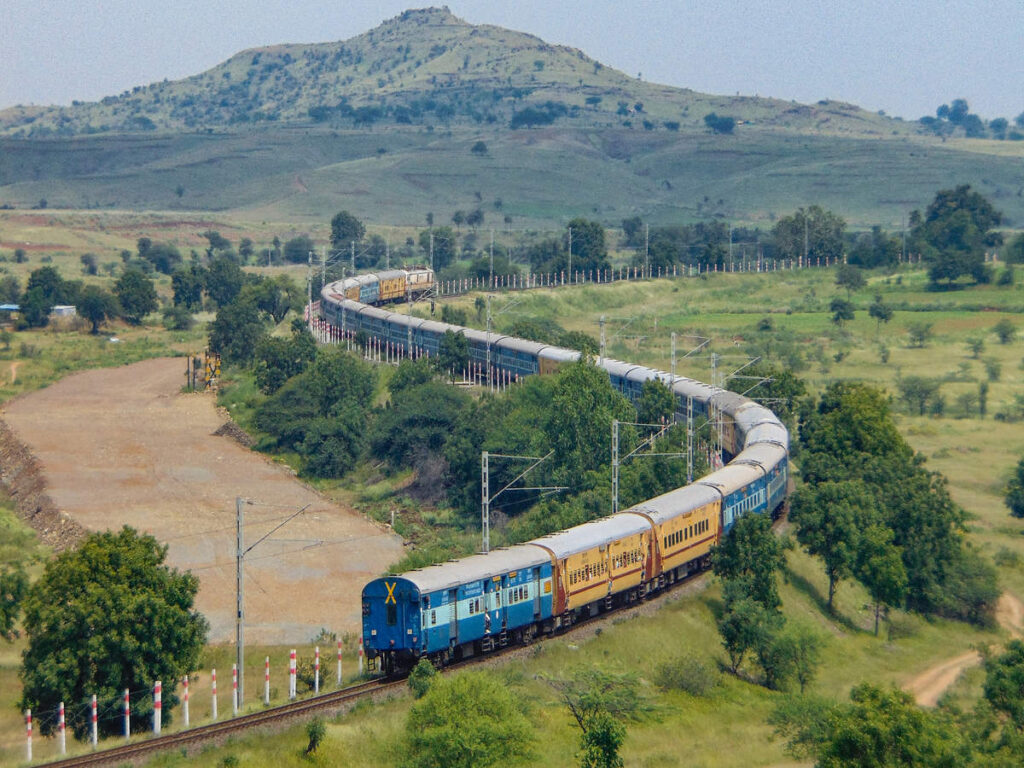India has revealed plans for a far-reaching rail and ports corridor that spans from the Middle East to South Asia, signaling a strategic move that promises to reshape regional connectivity and economic collaborations. As discussions around this ambitious initiative unfolded at the recent G20 summit in Delhi, Indian officials underscored its significance, particularly in establishing railway links within India, thereby advancing regional transportation infrastructure.
Rail and ports corridor – Enhancing regional connectivity
Ausaf Sayeed, a secretary in the Indian Foreign Ministry, emphasized that the rail and port corridor’s scope extends beyond mere port connections. He clarified during a media briefing that it should be viewed as “India would be connected by railroads,” highlighting India’s commitment to fostering regional connectivity through expansive railway networks.
A multinational initiative with strategic partners
This multinational endeavor involves heavyweight participants, including the United States, Saudi Arabia, India, the European Union, and the United Arab Emirates. It is widely perceived as India’s strategic response to China’s Belt and Road Initiative, aiming to resurrect the historic Silk Route and Spice Road in modern times. Saudi Investment Minister Khalid Al Falih noted that the corridor will facilitate “greater energy connectivity, green materials, and processed and finished goods, rebalancing global trade.”
Economic cooperation beyond connectivity
In addition to bolstering regional connectivity, India and Saudi Arabia are exploring avenues to strengthen economic cooperation. This includes discussions on trading in local currencies, potentially reducing reliance on the U.S. dollar. Furthermore, both nations are expediting negotiations for a free trade agreement, signaling their commitment to enhance economic collaboration.
A comprehensive approach to regional connectivity
The new corridor envisions a holistic transformation. Beyond railways and ports, it encompasses the development of improved roads, power grids, gas networks, and an optical fiber network. This comprehensive strategy aims to elevate regional connectivity on multiple fronts, paving the way for a new era of economic partnerships.
Diversified collaborations for the future
While infrastructure development remains a focal point, India and Saudi Arabia are also considering cooperation in space exploration, semiconductors, and the joint manufacturing of defense equipment.
For more trade news, visit our dedicated archives.

1 Comment
Pingback: Turkey Exporters Assembly plans Saudi-Turkish trade summit